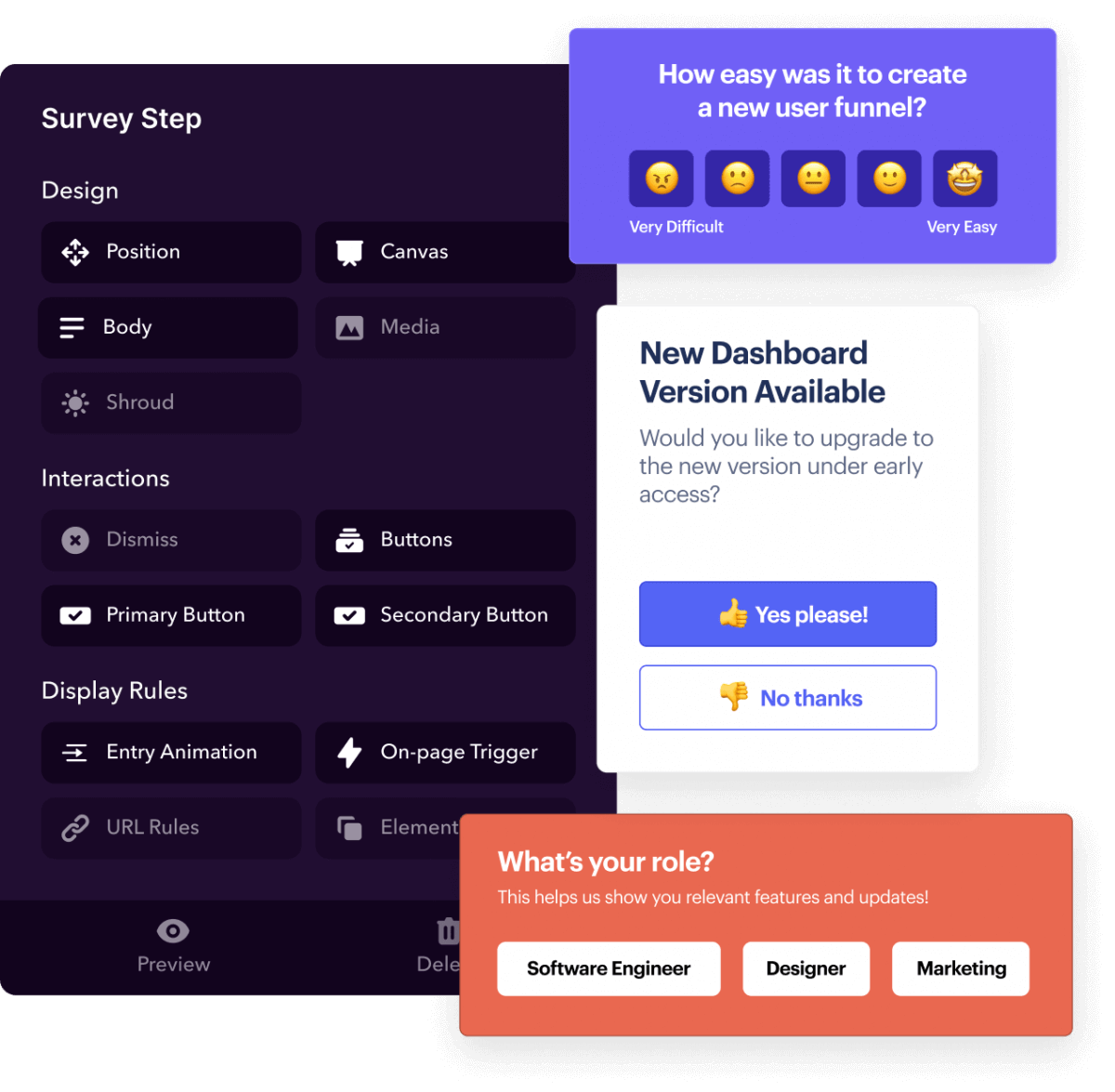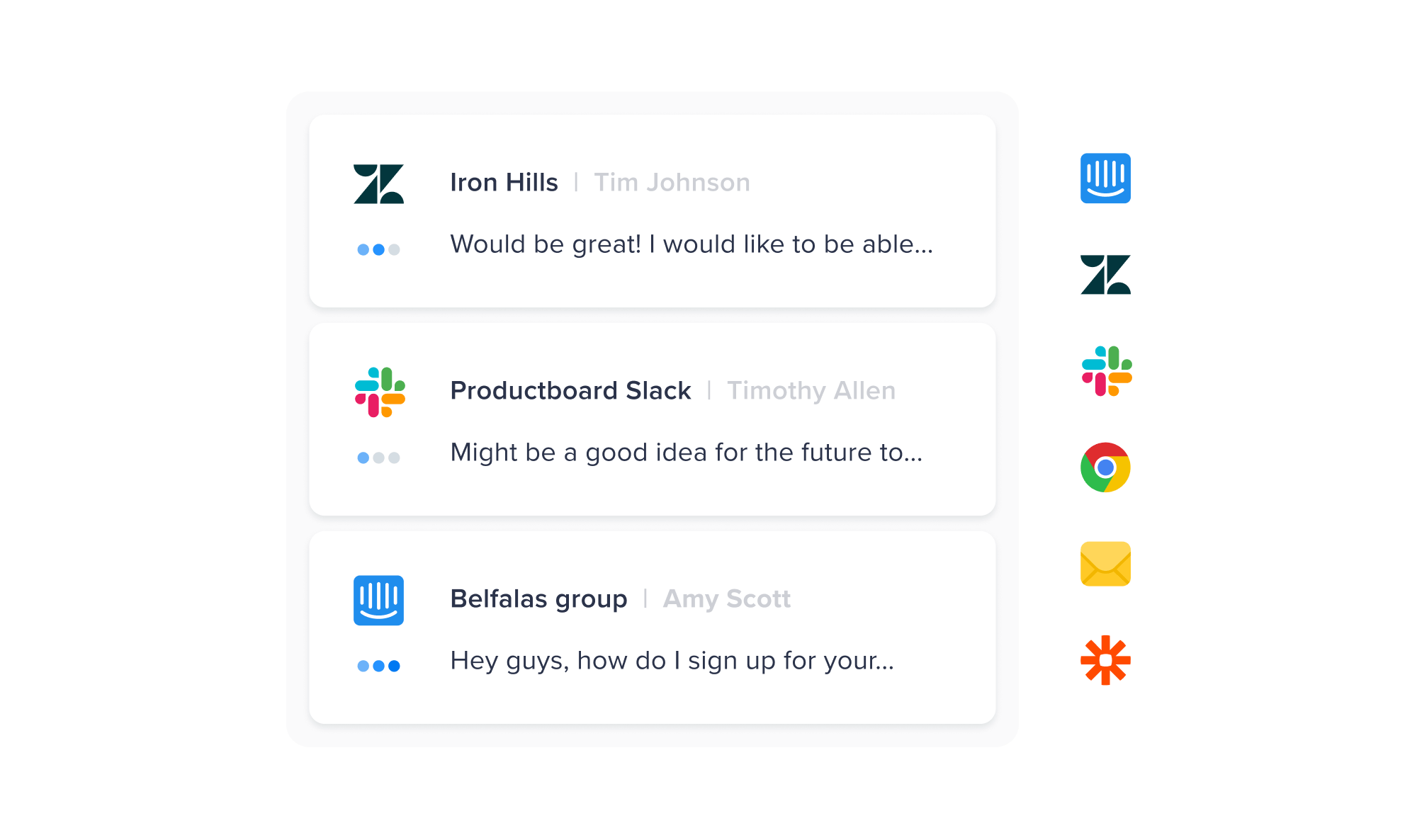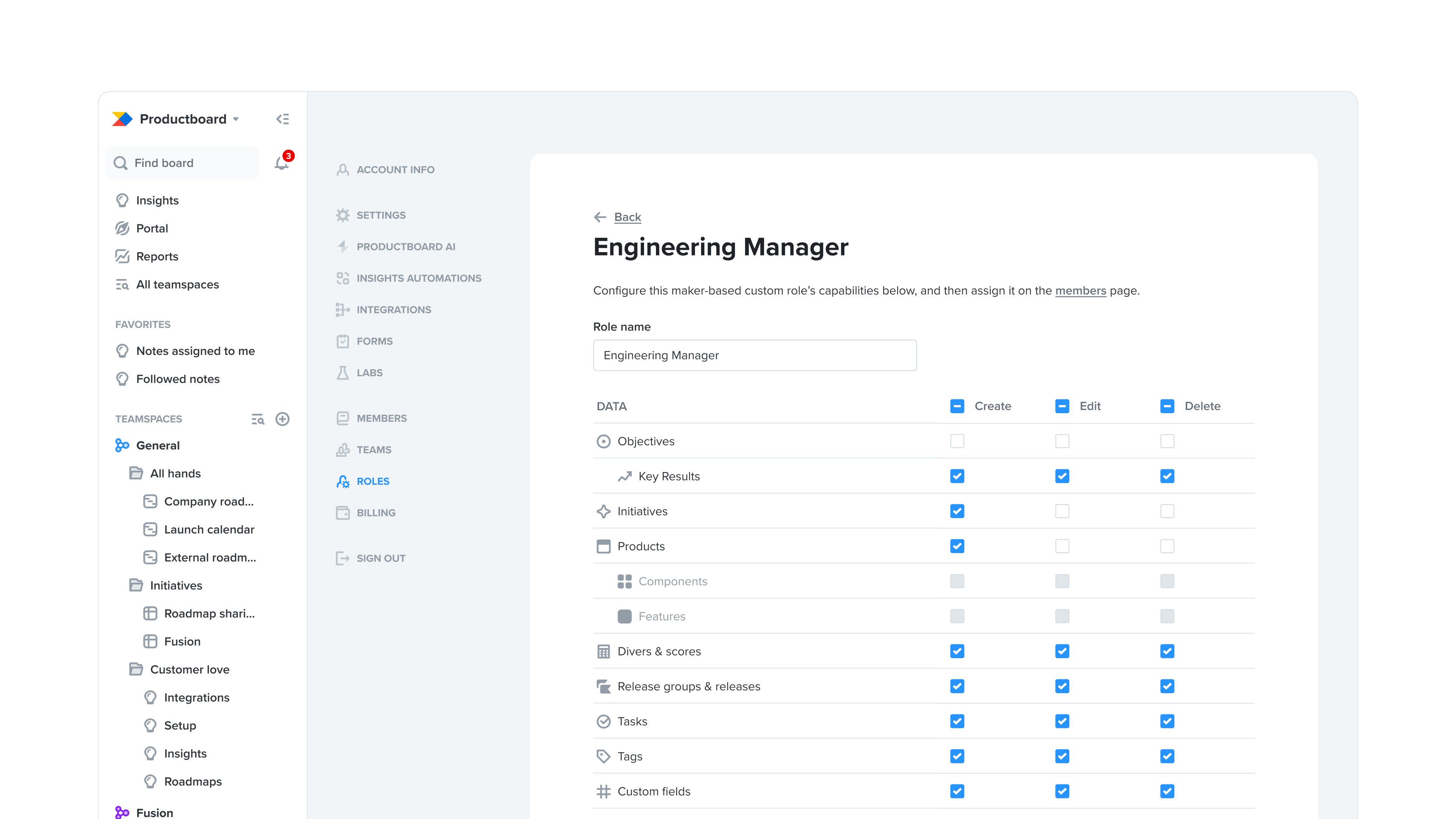Get to the bottom of user needs with these tactics

Understanding Diverse User Needs
One size does not fit all, it turns out. Understanding the diverse needs of your customers and users is incredibly important for product and business success — so we thought we’d break down the tools and frameworks that can help you do this, including:
- Gathering user feedback and talking to your users
- Jobs-to-be-done (JTBD) and focusing on user problems and needs rather than just solutions
- User segmentation: the secret to understanding diverse user needs
Focusing on an “average user” is not enough: gathering and analyzing user feedback
The average user is a myth — your users are diverse, and their needs even more so.
Understanding what users want comes best when you hear it directly from the users themselves. However, gathering and managing this information can often prove tricky — especially considering all the diverse touchpoints that feedback comes from.
Gathering user feedback
Gathering user feedback will look different depending on your brand and your customer communication strategy.
For example, perhaps you have an active Slack or social media group that people join when they become customers. Collecting feedback from these groups can be fast, insightful, and lead to some fantastic product developments.
However, if you don’t have such a channel in place, it’s a good idea to try in-product messaging via Chameleon’s Microsurveys, like in the examples below. It’s one way to speak with current/active users without invading customers’ often overloaded inboxes.

If you don’t have regular communication set up with your customers, then there are other ways you can gather user feedback, following their actions.
Managing and analyzing user feedback
Despite your best efforts to collect user feedback from in-app surveys and product portals, there’s a high chance you’ll still be receiving useful feedback elsewhere.
Support tickets, sales and customer success teams’ conversation, emails; customers contact us in ways that suit them best, at times that suit them best — and rightly so!
If you find this is the case, consider using Productboard. With it, you can manage consumer insights across channels, and transform what can be very overwhelming amounts of data into visual insights. Your product team can use this data to adapt roadmaps, prioritize backlogs, and deliver solutions customers want.

Jobs-to-be-done: your users, their needs, and the jobs they need to do
“People employ products and services to get their job done, not to interact with your organization.”
― Jim Kalbach, The Jobs To Be Done Playbook
The JTBD framework repositions your product as a necessary tool someone needs to get a job done. There are three types of jobs that someone needs to do:
- Physical: doing a particular task. For example, Chameleon helps users build better onboarding experiences for their customers.
- Emotional: making a troublesome belief or experience more manageable. For example, Headspace enables users to find calm in their every day life.
- Social: positively impacting a connection or reputation. For example, a chatbot helps businesses build relationships and trust with customers.
Although this framework is nothing new, many SaaS businesses fail to pair this data with other critical data points, like user segmentation — which we’ll dive into in the next section!
Take your JTBD data further
Your JTBD data can inform so many areas of your business; it’s worth setting up a data-sharing process around it for other teams.
For example, JTBD data can influence:
- Product development
- Pricing strategies
- Targeted messaging and marketing campaigns
- Product development prioritization
It can highlight areas to potentially save costs by trimming down on unnecessary strategies that are not serving your business growth; it can be the fuel of an outcome-driven innovation process.
User Segmentation: understand your users and their diverse needs
When product teams segment users based on user needs and problems, they can prioritize segments better and deliver messaging that resonates with them — increasing signups and activations.
Let’s look at some of the most efficient segment types to consider for your SaaS.
5 Segment variations to consider for your users
- Segment by churn risk: When you segment users on their likeliness to churn you’re able to prioritize their needs better and stand a better chance of retaining them.
- Segment by needs of high-revenue customers: As you begin to collect user feedback data, you’ll be able to spot needs trends or recurring actions in high-revenue customers. Segment these groups to ensure you’re retaining them, and identify common traits to help you tag them in the future.
- Business and industry segments: Your product may prove useful for various different business types and industry types. It’s crucial to understand what these are so you can target them better, and identify personalized sales strategies.
- Geographical segments: If you’re dealing with users in different countries, you may want to consider accommodating this with the product languages you make available, currencies users can pay in, and timezones your support team are available online.
- Contextual segments: Lastly, contextual segments. Demographics and firmographics come into play here to consider the context around your users. This can be down to their role within the business, the environment they’re typically in (for example, high-stress or in the public eye), and the circumstances they need to perform their job.
It’s worth noting; the same person can be within different segments for this one. For example, a UX designer can be working independently one day, but another day need to collaborate with other product team members. Their context changes, so your segmentation will need to include and accommodate this variable.
Keep collecting, managing and thriving with customer feedback
Remember, use your demographics and firmographics to find your segments, not to shape your product for them. Your jobs-to-be-done data comes first; it’ll keep your business customer-centric. Let the rest come secondary to that.
When it comes to segmentation types, they are unique to your product, the resources you have available, and most importantly, your users. Don’t try to segment for all of the types we’ve mentioned. Pick your battles, segment your audience depending on what works best for your business.
Lastly, continue to build your product and business with the voice of the customer at the heart of it all. The average user is a myth, and when you truly understand user needs you can prioritize, design, develop, promote, support, and sell better.
Love this? Check out the on-demand webinar recording this piece is excerpted from!
Ray Slater Berry is a writer for Chameleon with over ten years of content marketing and SaaS experience. He specializes in product, tech, and travel. Ray is also the director of a mission-driven content writing agency: DSLX.





